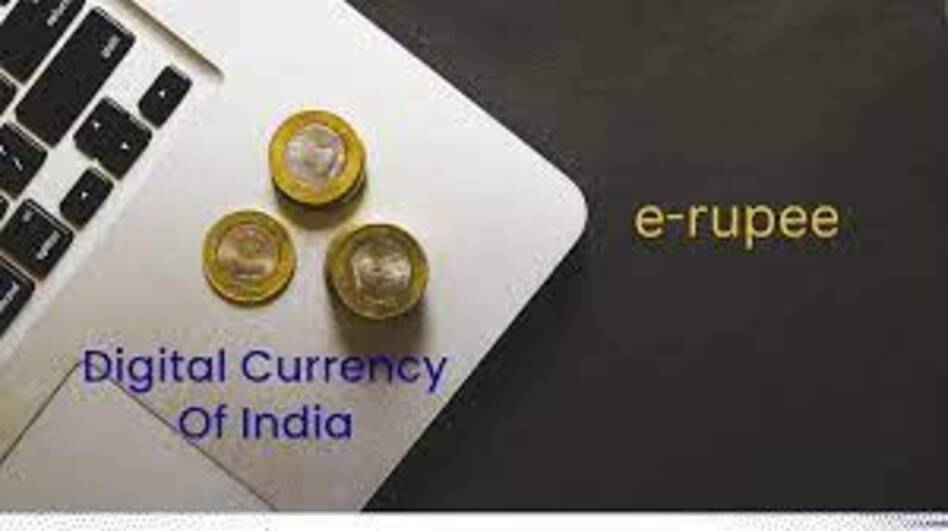
Unveiling the Impact of CBDC on Physical Currency
India is all geared up to launch its own digital currency called the ‘Digital Rupee’. Its pilot project is already underway. This article will take you through the expected impact of this new currency on the Indian economy.
What is CBDC?
CBDC is the short form for ‘Central Bank Digital Currency’. It is a digital currency that is issued by the Central Bank and is used for transactions between banks and consumers. The Reserve Bank of India (RBI) anticipated the benefits of CBDC. Some of them are:
•Increased efficiency and speed of transactions
•Reduced cost of transactions
•Seamless integration with the existing financial system
•Reduced need for paper currency
•Increased transparency and security
Digital Rupee: Complement or Competition to Fiat Currency
Digital currency would make India a global leader in the field of digital currency and it would further promote the use of Rupee outside the country. It would also make it easier for Indian citizens living aboard to transact in Rupees and vice versa. Additionally, it would be a more secure medium of transaction as compared to physical currency.
On one hand, the digital rupee could be seen as a complement to fiat currency. After all, it does offer some advantages, such as lower transaction costs and the elimination of the need for intermediaries. This could help to boost economic growth and promote financial inclusion.
On the other hand, some people see the digital rupee as a potential competitor to fiat currency. There are concerns that it could lead to a decline in the use of physical currency, which could have negative consequences for the economy.
Impact on Physical Currency
It’s clear that digital rupee is here to stay. So what does that mean for physical currency? Well, the truth is, it’s hard to say. What we do know is that digital payments may eventually replace physical cash, potentially leading to a cashless society in the future.
We already see this happening in some parts of the world, and it’s likely that digital rupee will accelerate this trend in India. It will open up new opportunities for businesses to offer more user-friendly payment solutions, while also making it easier for consumers to make purchases without worrying about carrying around wads of cash.
That said, physical currency will still be necessary for certain types of transactions and in places where digital payments are not available. In addition, some people may just prefer to use cash out of habit or preference. The bottom line is that we have yet to see the full impact that digital rupee will have on physical currency, but it’s certainly something worth keeping an eye on as the technology continues to evolve.
